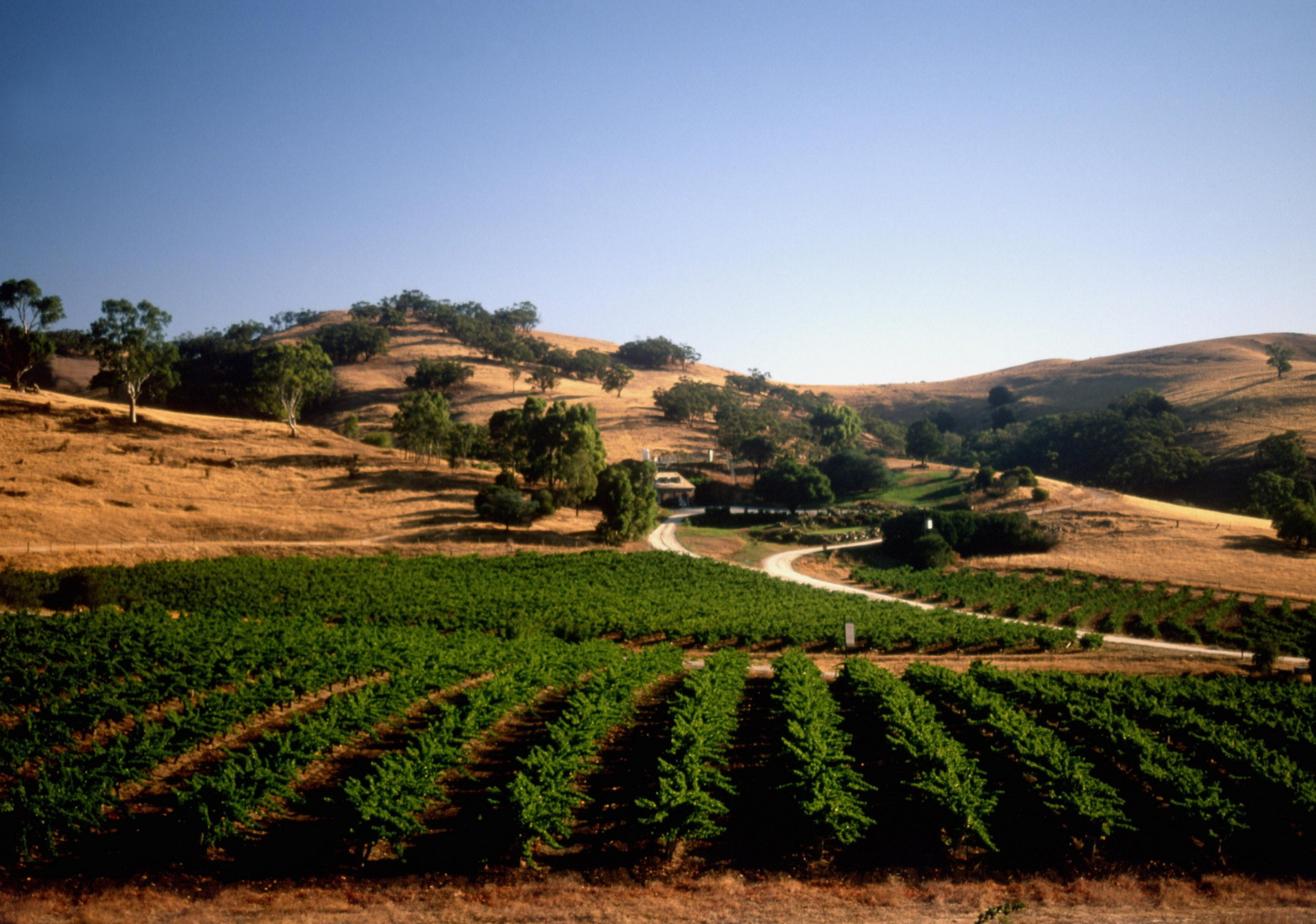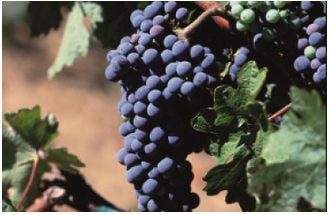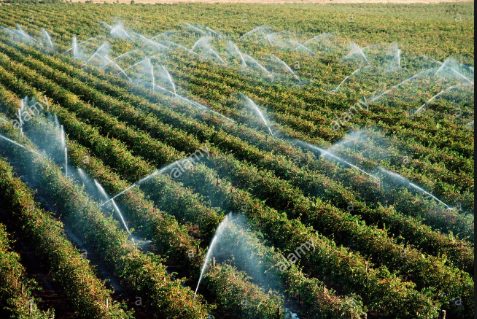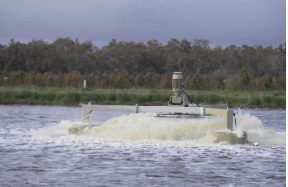Wastewater equipment for the winery industry
As we discover more about the impact of climate change, and world leaders wrap up at COP26, we’re all looking for ways to reduce our impact on the environment. The wine industry is one of the sectors that needs to look for more sustainable practices.
In this article, we discuss how much water is used in the wine-making industry and how wine producers can update their systems to make them more environmentally friendly.
Water and wine production
Although the number of wine-producing countries in the world grows every year, 10 countries create about 80% of the world’s wine. But while these countries create some delicious beverages, they use a huge amount of water in the process. In fact, it takes 872 gallons of water to produce 1 gallon of wine. According to The Huffington Post, this means it takes about 34 gallons of water to produce 5 fluid ounces of wine.
A lot of this water comes from the fact that, in many countries, the grapes require constant irrigation, especially in the drought-stricken regions of Australia. The wineries must also ensure that their production is sanitary, and a lot of water is used to clean barrels, tanks and presses.
Even during the process of bottling, a lot of water is used to clean out the bottles and disinfect them.
But many wineries do not know how much this water waste is costing them, or the planet. In fact, it has been estimated that a large South-Australian winery loses approximately $2.4–3.4 million per annum due to wastewater.
However, it is important to note that the amount of wastewater produced varies greatly from season to season, as does wine production.
What can wineries do to reduce their environmental impact?
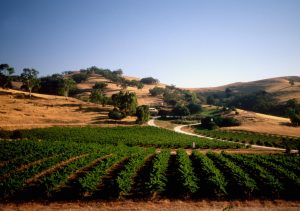 Although little can be done to reduce the amount of water that wineries need to produce high-quality and sanitary wine, wineries should do everything they can to ensure that they are not wasting too much water. This can help to ensure that they are saving money as well as ensuring that they are not harming the planet.
Although little can be done to reduce the amount of water that wineries need to produce high-quality and sanitary wine, wineries should do everything they can to ensure that they are not wasting too much water. This can help to ensure that they are saving money as well as ensuring that they are not harming the planet.
To do this, they must integrate professional wastewater systems that can properly treat all of the wastewater that is used in production. They must also ensure that their production is as water-saving as possible (by reducing accidental spillages, leaks and implementing dry cleaning where possible).
Get professional winery wastewater treatment
If you own a winery and are looking for a way to reduce your environmental impact and save money, invest in a professional winery wastewater treatment solution from By Jas. We provide highly flexible aerators for pH, variable flow, temperature, disinfectant, organics and nutrient concentrations. What’s more, the equipment is non-odorous if aeration is maintained.
Contact us to learn more about our wastewater treatment for wineries. As a family-owned business, we have been in the industry for 35 years and service regional town centres, remote regional areas and main capital cities across Australia.
SHARE:
What you can read next
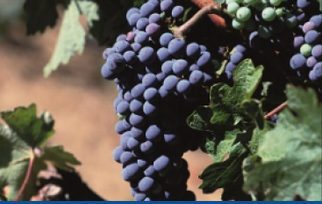
Waste water treatment for Wineries
Wineries across Australia are producing record ...

Specialising in the Winery Industry
We cater to the winery industry in order to red...
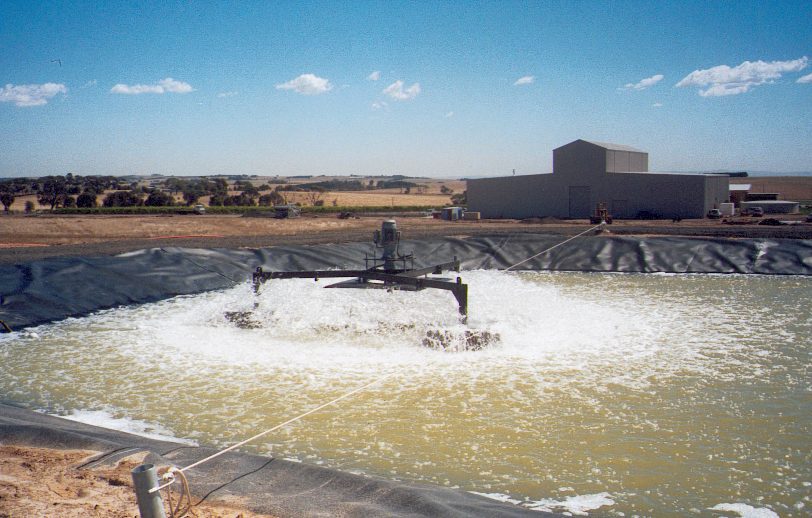
Irrigation efficiency for Wineries
As we know wineries produce wastewater from the...
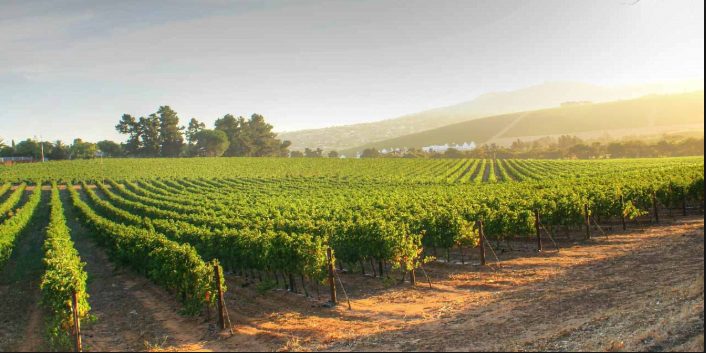
What is Involved in the Process of Winery Wastewater Treatment?
Winery wastewater is generated from the winery’s...

Want to remove waste water efficiently
Are you looking for a cheaper and more environmen...

Why Choosing a Wastewater Equipment Manufacturer Provides a Better Option?
Why Choosing a Wastewater Equipment Manufact...

Why Are Bacteria Used in Sewage Treatment?
Wastewater treatment is society’s way of giving...

